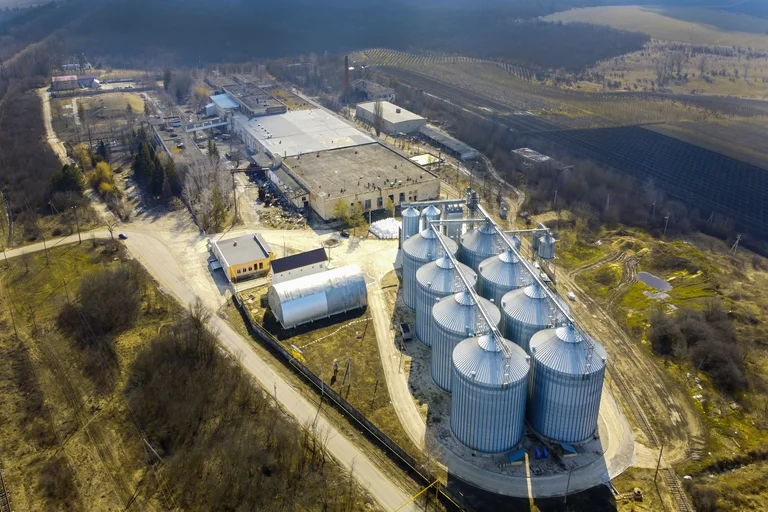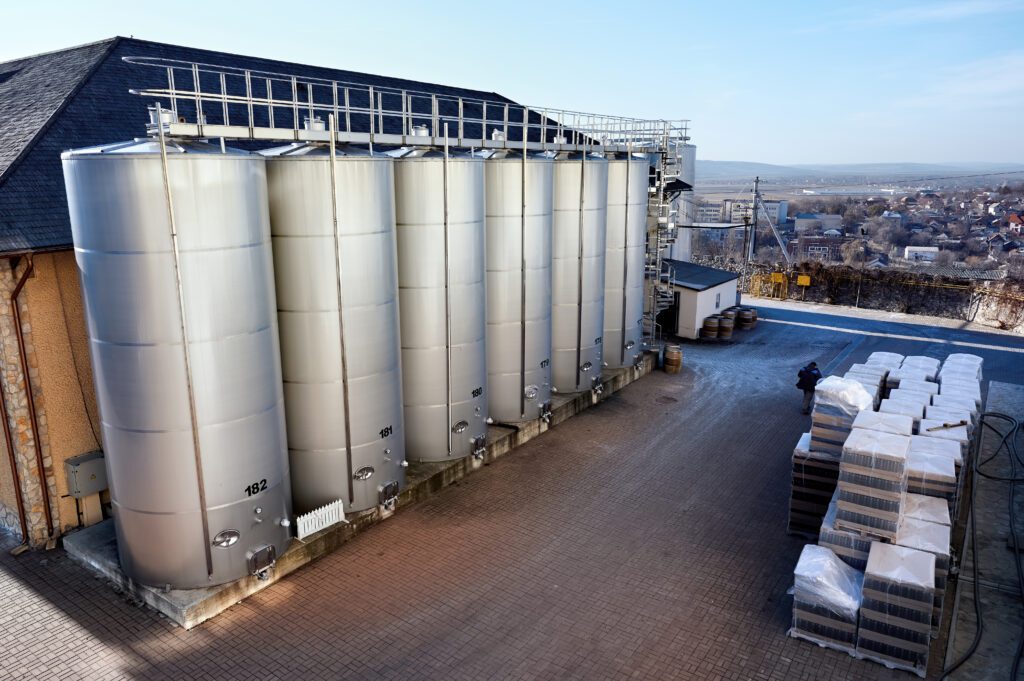This facility will store up to 300 megawatt-hours (MWh) of electricity—enough to power 480,000 homes for a short time during peak demand.
The plant will launch in two stages:

As the world races toward clean and renewable energy, the challenge isn’t just generating power—it’s storing it efficiently. Solar and wind energy have grown faster than ever, but what happens when the sun doesn’t shine or the wind doesn’t blow? That’s where Liquid Air Energy Storage (LAES) steps in—a technology once overlooked for nearly 50 years, now emerging as a serious alternative to fossil fuels.
In 2026, the world’s first commercial-scale liquid air energy storage plant is set to begin operations near the village of Carrington in northwest England. Developed by Highview Power, this project is set to change the way we store renewable electricity and ensure grid stability—without depending on gas or coal
Liquid Air Energy Storage (LAES) is a clean and innovative way to store electricity using nothing but air. The process works by cooling regular air to -196°C, turning it into a liquid. This liquid air is stored in insulated tanks and later reheated to expand back into gas, which drives turbines to generate electricity again.
It functions similarly to a huge “air battery,” storing and releasing energy from the surrounding natural air rather than chemicals, as lithium batteries do. Because of this, it is a viable substitute for fossil fuels and a useful strategy for balancing renewable energy from sources like wind and solar.
The concept behind Liquid Air Energy Storage (LAES) is both fascinating and surprisingly simple.
The process works in three main stages:
According to MIT chemical engineer Shaylin Cetegen, integrating thermal recovery cycles — using the stored heat from the compression phase — can increase efficiency to over 60%, even approaching 70%, compared to about 50% without it.
In short, liquid air acts like a giant battery, storing excess renewable energy when it’s plentiful and returning it to the grid when demand rises.

The Carrington plant, built by Highview Power near Manchester, represents a major milestone for this technology.
Liquid air energy storage offers several clear benefits over traditional systems:
No toxic materials or harmful emissions are produced during the process. LAES relies solely on air, water, and renewable electricity to store energy efficiently, making it one of the cleanest and most sustainable energy storage systems available today. No toxic materials or harmful emissions are produced during the process. LAES relies solely on air, water, and renewable electricity to store energy efficiently, making it one of the cleanest and most sustainable energy storage systems available today.
LAES is not dependent on particular landscapes, in contrast to pumped hydro or geothermal systems. It can be set up practically anywhere, including coastal and industrial areas. It is perfect for both urban and rural applications because of its versatility.
The components used in LAES—mainly steel tanks and turbines—are strong and low-maintenance. These systems can operate reliably for decades without major replacements. This durability adds long-term value with minimal environmental footprint.
Maintaining a stable power grid is an important challenge as renewable energy sources grow quickly. LAES balances supply and demand in seconds and provides rapid backup during energy fluctuations. Even in the event that solar or wind output declines, it guarantees a constant flow of electricity.
Even though setup costs are still high, as production scales & technology improves, prices should decrease. Experts believe LAES could become a viable storage solution within the next ten years. Support from clean energy policies and government initiatives could accelerate this transition.
Currently being heralded as a clean and effective alternative for fossil fuels, liquid air energy storage (LAES) is still a relatively new technology. It has some challenges to face before it can realize its full potential, just like any new invention.
Cost is one of the main challenges. High-quality materials and advanced engineering are needed to cool air to -196°C and store it in insulated tanks. Compared to conventional energy storage techniques, the initial cost is still greater even though the long-term operating costs are low. Similar to how solar and wind energy became more affordable over time, experts expect that these costs will drop significantly as technology advances and more facilities are built.
Another challenge is energy efficiency. Some energy is lost as heat during the process of compressing and expanding air. However, modern systems are now being designed to capture and reuse this heat, boosting round-trip efficiency and making the process more sustainable.
From an infrastructure point of view, liquid air storage plants need space and proper integration with renewable power sources like wind and solar farms. The good news is that these facilities can be built near existing power plants or industrial zones, making it easier to connect them to the grid.
Even with these challenges, the future of liquid air energy storage looks really promising. As the world accelerates toward net-zero goals, both governments and private investors are showing strong interest in large-scale LAES projects. The first commercial liquid air plant in the UK, set to begin operation soon, could set the benchmark for clean and reliable energy storage worldwide.
A move toward diverse, sustainable energy systems is reflected in the growth of liquid air energy storage. While it might not completely replace hydro or lithium-ion batteries, it could play a key role in balancing renewable grids worldwide.
As Highview Power’s Manchester project comes online, the world will be watching closely. If the project succeeds, this technology could help nations cut fossil fuel reliance, stabilize power systems, and accelerate the clean energy transition.
In a world that’s demanding sustainable solutions, liquid air could be the breath of fresh air our planet desperately needs.
Ans. It helps balance electrical grids without depending on fossil fuels by storing surplus renewable energy and releasing it when demand is high.
Ans. It’s completely clean, relying only on air and renewable electricity. The air is simply released back into the atmosphere after being discharged..
Ans. Liquid air is stored at atmospheric pressure in an insulated tank, with minimal losses—less than 0.1% per day—allowing it to be stored for weeks or even months.
Read more related articles> https://www.climatechallange.com/which-is-greener-for-cruises-batteries-or-green-methanol/